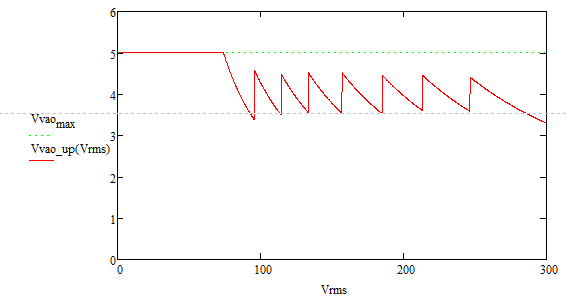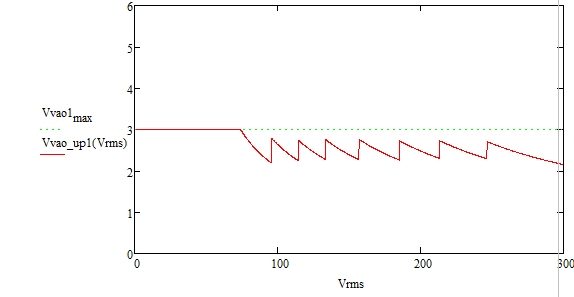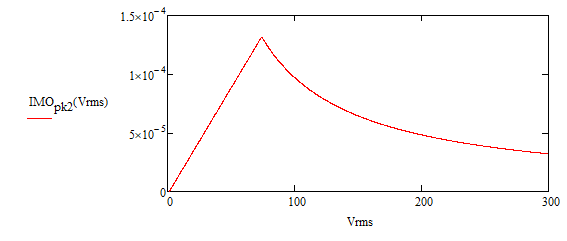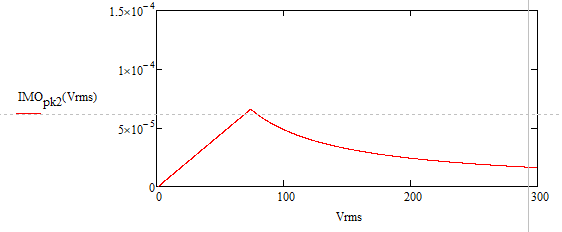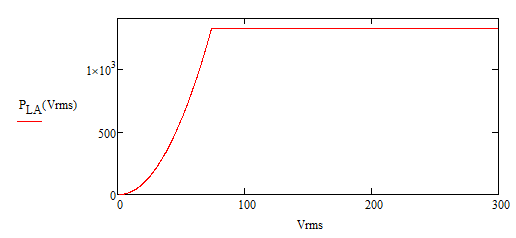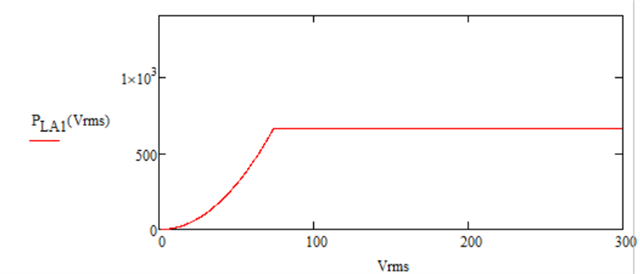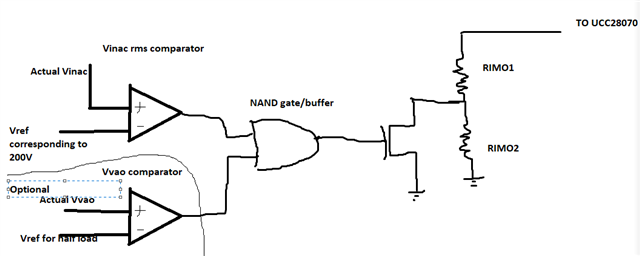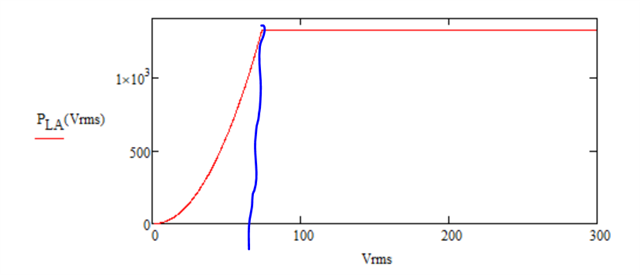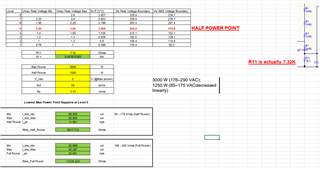Other Parts Discussed in Thread: UCC28070
Hi Team,
Our customer has a question regarding the UCC28070A, which is how can we use this IC to set at a particular Vrms when you can achieve max power or only half of the max power? Does it seem like it's done with the multiplier IMO current setting? is this right?
For instance, when you are above 200Vrms the user can supply max power, and below 200Vrms only half of the max power, or is that not a feature this IC supports?
Thank you in advance.
Best regards,
Jonathan



